Introduction
Hi, I'm Dr Rosemary Waring, toxicologist and one of the founders of Tharos, the makers of EquiNectar. My career has been devoted to studying toxins and how they affect living systems, and one group I've always been especially interested in are mycotoxins.
These naturally occurring compounds, produced by moulds, are in fact omnipresent in our environment. We are all exposed to them regularly — in food, in the air, and in bedding or forage — and most of the time our bodies, and those of our horses, cope perfectly well. If the gut is in good shape, many mycotoxins will simply pass through without causing obvious harm.
The problem arises when the horse's gut barrier is weakened, or when exposure levels creep up due to environmental conditions. A compromised gut can allow toxins to pass into the bloodstream more easily, increasing the risk of health issues. That's why gut integrity and a balanced microbiome are so crucial when thinking about mycotoxins, especially during damp British weather when the risks of contamination are higher.
What are Mycotoxins?
Mycotoxins are toxic substances produced by certain moulds, most commonly species of Aspergillus, Fusarium and Penicillium. They thrive in damp conditions, and unfortunately, the forage and bedding that horses rely on are ideal places for mould to grow.
Even forage that looks and smells "clean" can contain mycotoxins. Studies in the UK have shown that the majority of hay and haylage samples tested contained detectable levels. Horses are most at risk from:
- Fumonisins (which can cause Equine Leukoencephalomalacia, a serious neurologic disease)
- Aflatoxins (linked to liver damage)
- Trichothecenes such as DON or T-2 (which can injure gut lining and reduce feed intake)
- Zearalenone (with oestrogen-like effects)
Why UK Weather Matters
This autumn, the UK has seen a run of wetter days and cooler nights — exactly the sort of conditions that allow mould to flourish. Moisture on pasture grasses, delayed drying of hay, or compromised wrap on haylage bales can all encourage mould growth and toxin production.
In short: when the weather is damp and unpredictable, the risk of mycotoxins in forage and bedding goes up.
How Mycotoxins Affect Horses
The impact on horses can be subtle or severe. At the milder end, you might notice:
- A dull coat
- Reduced appetite
- Slight weight loss
- Intermittent colic or loose droppings
- Lack of energy or under-performance
At higher exposures, the effects can be serious: liver disease, significant gut injury, and in some cases neurologic problems. The challenge is that low-level exposure can chip away at health over time, without dramatic signs.
The Role of Gut Barrier Integrity ("Leaky Gut")
The equine gut is lined with protective mucus and tight junctions between cells that act as a barrier. This barrier normally allows nutrients through while keeping harmful substances out.
When the barrier is compromised — a condition often described as "leaky gut" — toxins and other inflammatory substances can cross into the bloodstream. In horses, increased gut permeability is associated with:
- Stress (transport, competition, abrupt yard changes)
- High-starch feeding
- Prolonged or high-dose NSAID use (e.g. "bute")
- Hindgut acidosis or colitis
If mycotoxins are present at the same time as a weakened barrier, the horse may absorb more of them, magnifying their impact.
The Gut Microbiome – Friend or Foe?
The community of microbes in the hindgut — the microbiome — plays a major role in how horses handle toxins.
- Disruption: Mycotoxins themselves can alter microbial populations, leading to dysbiosis (imbalance).
- Protection: On the other hand, some microbes can actually modify or reduce the toxicity of certain mycotoxins.
- Resilience: A diverse, fibre-adapted microbiome appears to make horses more resilient to dietary challenges.
Maintaining a healthy microbiome is therefore an important part of protecting horses against mycotoxin challenges.
Practical Steps for Horse Owners
You can't eliminate mycotoxins completely, but you can reduce risk and support your horse's natural defences:
Forage & bedding:
- Choose good-quality, dry-baled hay where possible.
- Inspect haylage bales carefully; discard any with punctured wrap or musty odour.
- Store forage off the ground with airflow.
- Avoid mouldy straw as bedding.
Feeding:
- Keep diets forage-based.
- Make ration changes gradually.
- Split concentrates into small meals; keep starch low.
- Provide plenty of long-stem fibre to support hindgut fermentation.
Gut protection:
- Use NSAIDs only under veterinary guidance.
- Ensure horses stay hydrated.
- Reduce unnecessary stress.
Veterinary input:
- Call your vet if you notice clusters of colic, unexplained poor performance, or abnormal liver blood tests.
- Forage testing can help identify hidden risks on the yard.
Where EquiNectar Fits
EquiNectar was developed to support fibre digestion and microbial stability in the hindgut. By promoting a balanced microbiome and smoother fibre fermentation, it helps maintain a more resilient digestive system.
It is not a mycotoxin binder, and it is not a substitute for careful forage sourcing and yard management. But as part of a broader gut health strategy, it can give your horse's microbiome extra support during the wetter, mould-prone months of the year.
Final Thoughts
Mycotoxins are a fact of life. They are always present in the environment, but horses with a strong gut barrier and a healthy microbiome are better equipped to cope with them. With careful forage management, good feeding practices, and attention to gut health, you can minimise the risks and help your horse thrive through the autumn and winter months.
Dr Rosemary Waring
Co-Founder & Chief Scientist, Tharos


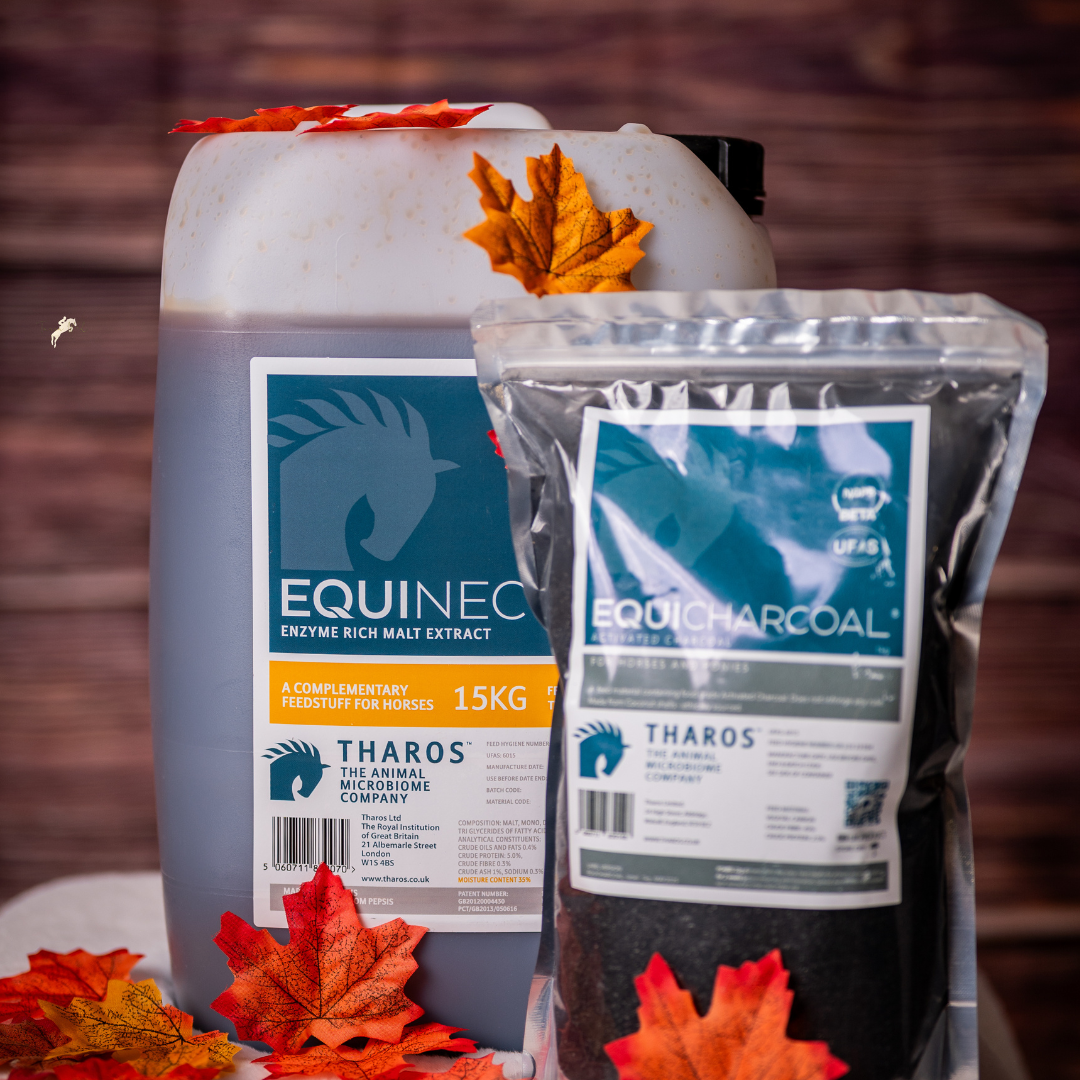
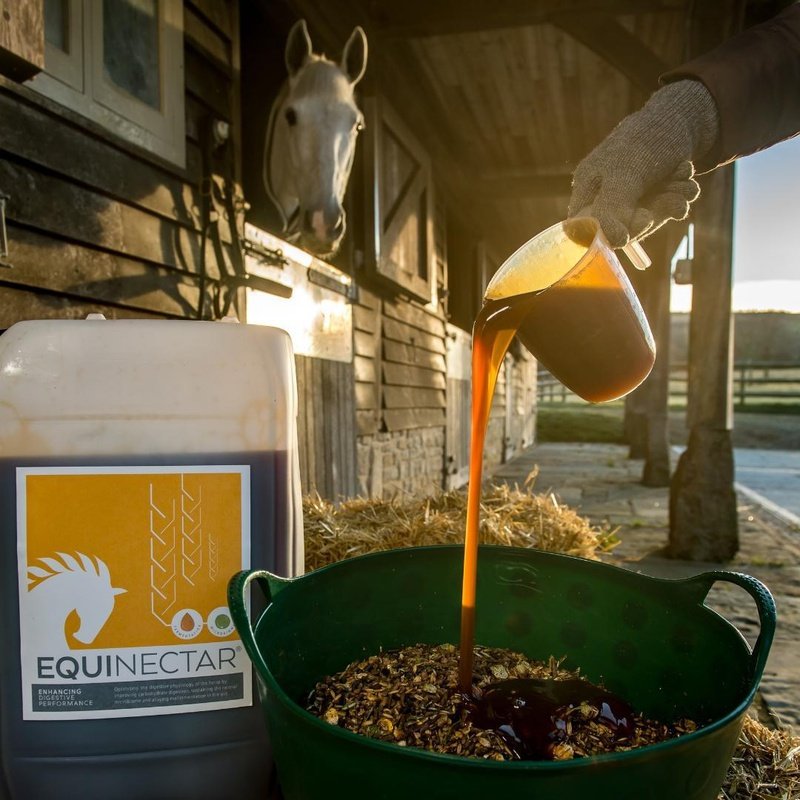
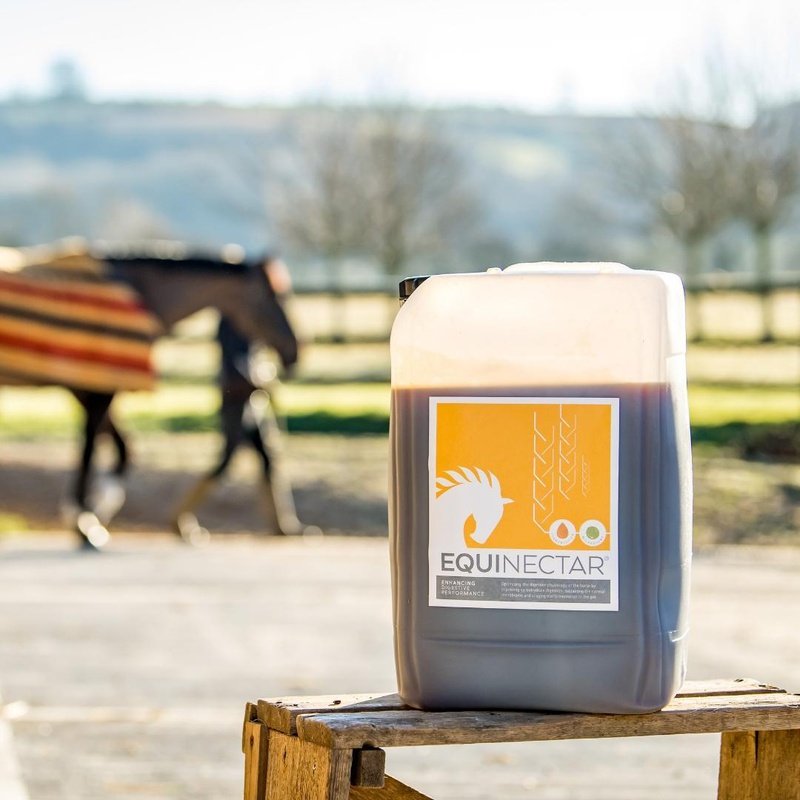
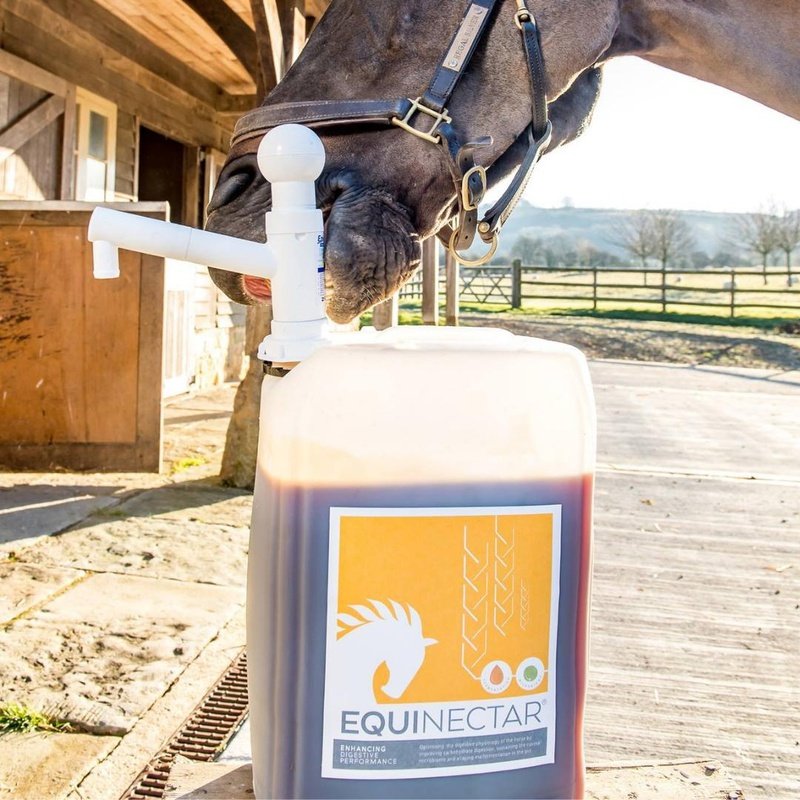
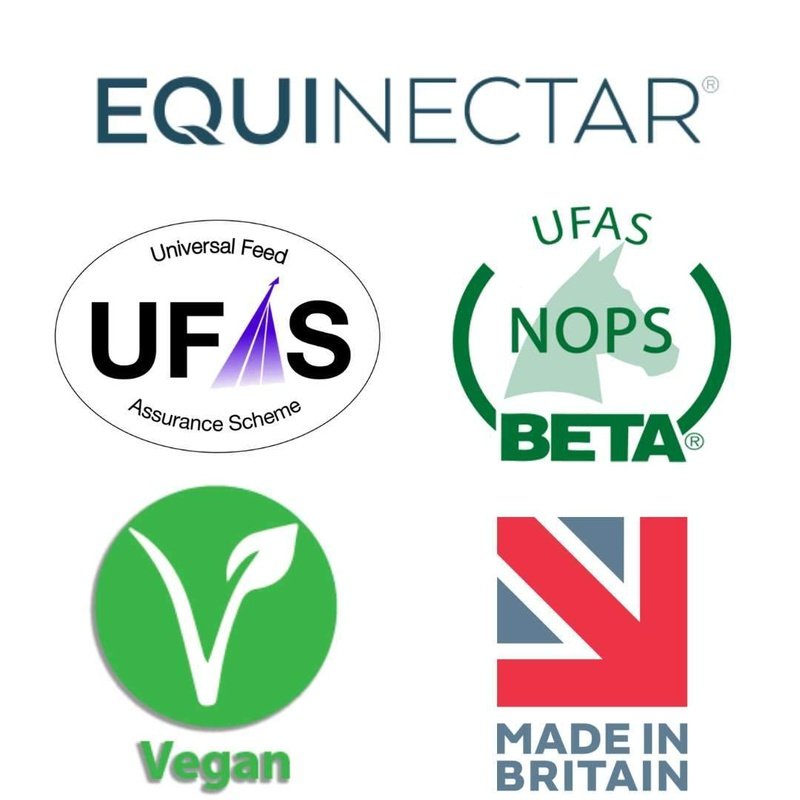
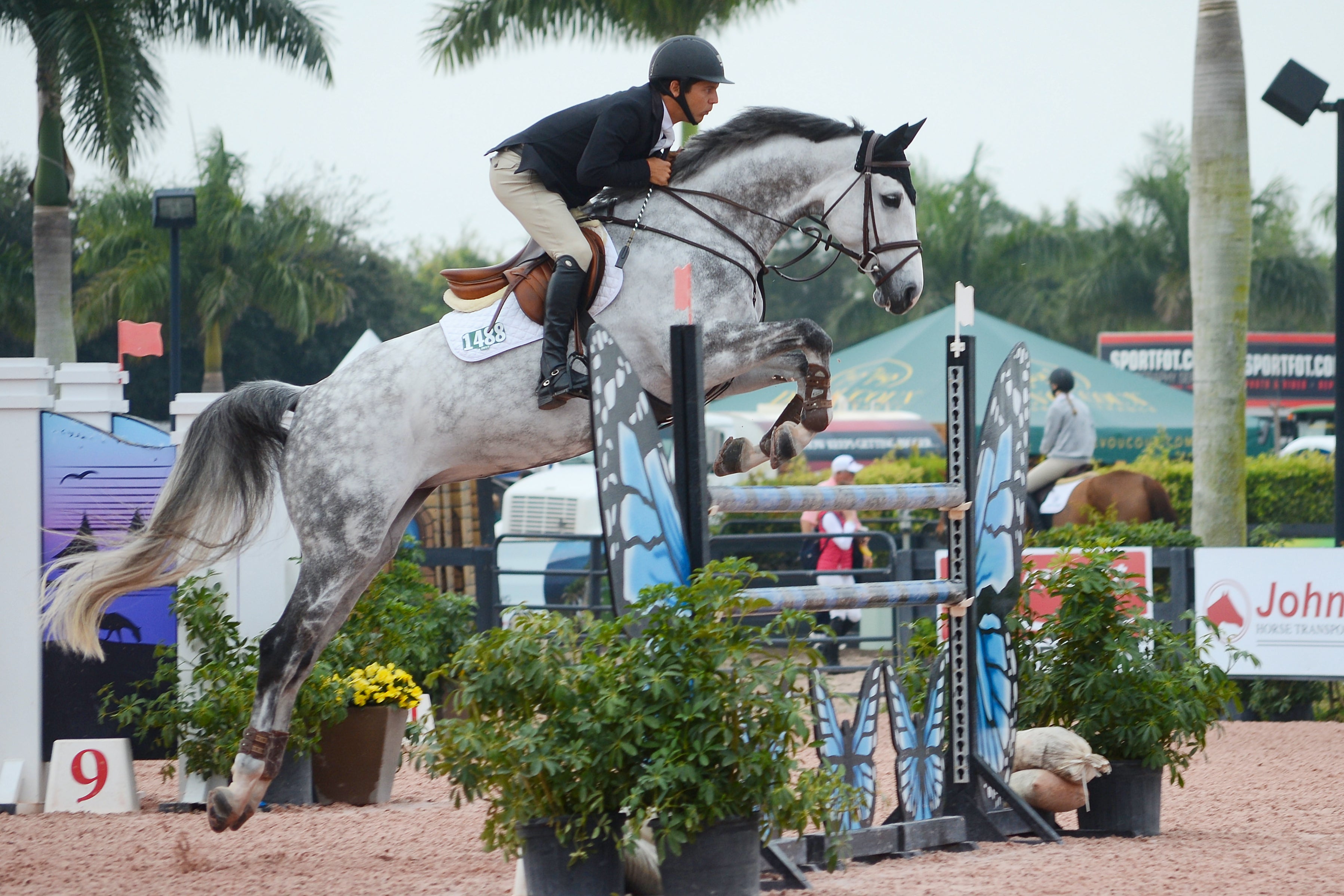
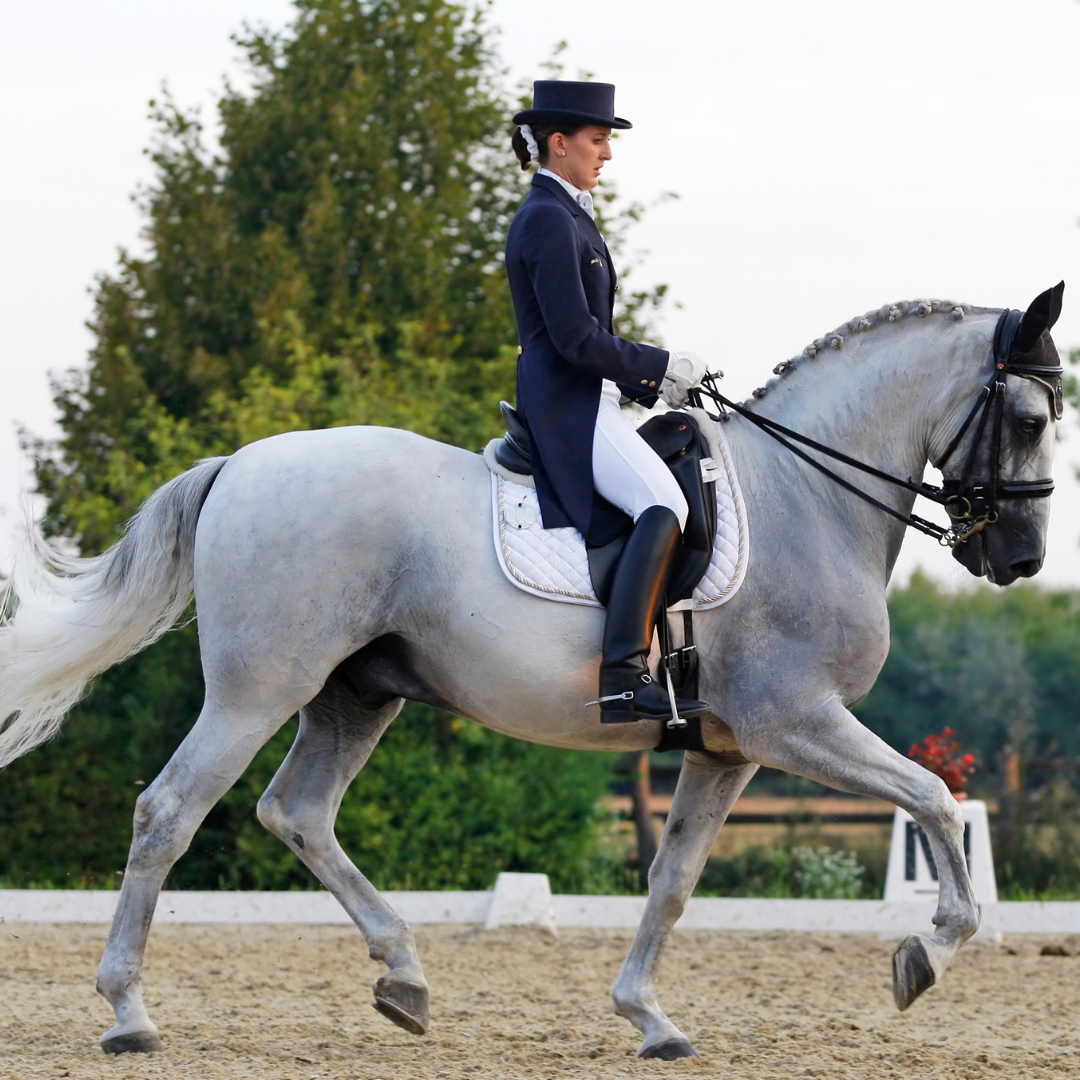
Share: